
BEHIND THE SCENES:
MINYADES
An exhibition of paintings by Richard Höglund
The Bonnier Gallery, Miami
December 2021
A Catalogue Essay

BEHIND THE SCENES:
MISCHA KUBALL
ReferenzRäume
Museum Morsbroich
5 December – 24 April 2022
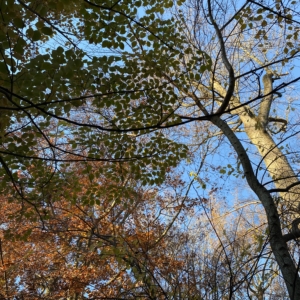
BEHIND THE SCENES:
ABOUT THE TREES
Thanksgiving 2021

UNAPOLOGETIC CONTENT.

BEHIND THE SCENES:
THE WORLD MAP
Thanks to Mr Hide
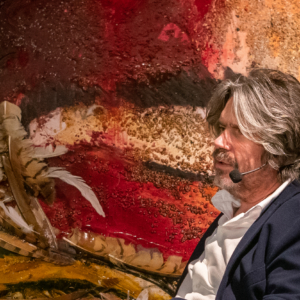
BEHIND THE SCENES:
KOEN VANMECHELEN LABIOMISTA, GENK (BELGIUM)
The book launch and debate
“NOT TO BE MISTAKEN”, November, 4th

BEHIND THE SCENES:
OCTOBER 2021
"Linda Karshan: The Covid-19 Conversation"
Still in the limelight
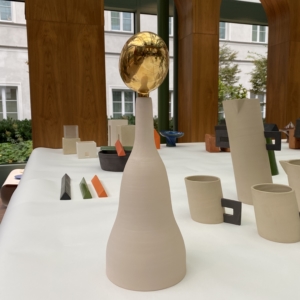
BEHIND THE SCENES:
IDE TO POLAND
POSTSCRIPT PARIS
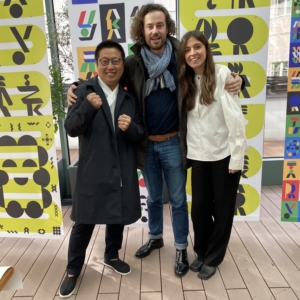
BEHIND THE SCENES:
IDE TO POLAND III
Out of the oven
Warsaw Sept 28-Oct 3

BEHIND THE SCENES:
HELMUT FEDERLE
NOVARTIS Campus – Forum 3, Basel
DIENER & DIENER - WIEDERIN
2005
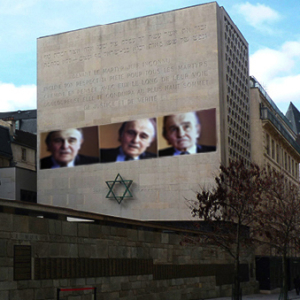
BEHIND THE SCENES:
BETWEEN LISTENING AND TELLING
Esther Shalev Gerz
Nuit Blanche Paris,
Tonight

UNAPOLOGETIC CONTENT.

BEHIND THE SCENES:
ART BASEL HALL 2.0C1
René Schmitt and ART & LANGUAGE
THESE SCENES, 2016

BEHIND THE SCENES:
MISCHA KUBALL
Wolfsburg and Utopias

BEHIND THE SCENES:
IDE TO POLAND
A new expedition on the CERAMIC & FOOD ROUTE

BEHIND THE SCENES:
IDE TO POLAND
A new expedition on the CERAMIC & FOOD ROUTE
Bright blue and white ceramics fill the dining room with warmth and visual appeal

BEHIND THE SCENES:
IDE TO POLAND
A new expedition on the CERAMIC & FOOD ROUTE
Starts today in Warsaw through 3 October

BEHIND THE SCENES:
ESTHER SHALEV-GERZ
SUMMER IN PARIS
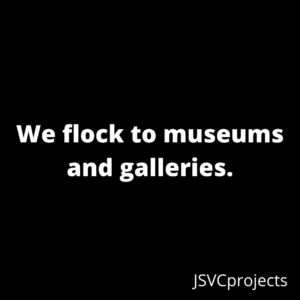
UNAPOLOGETIC CONTENT.
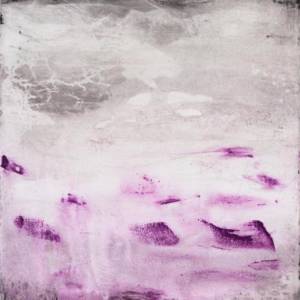
BEHIND THE SCENES:
ON THE ROAD AGAIN
ARCO MADRID,
1st Art Fair in 2 years
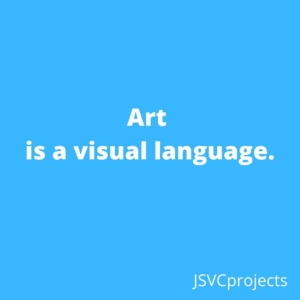
UNAPOLOGETIC CONTENT.

UNAPOLOGETIC CONTENT.

UNAPOLOGETIC CONTENT.

BEHIND THE SCENES:
IN THE ARTIST'S STUDIO
JASON BUTLER "THE COLLAGES"
Pop-Up Exhibition, Jersey
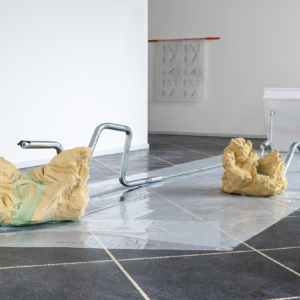
STILL BEHIND THE SCENES:
NINA NOWAK'S EXHIBITION
Galleri Susanne Ottesen, Copenhagen
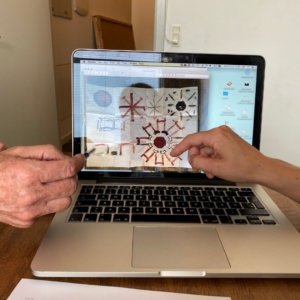
BEHIND THE SCENES:
PER KIRKEBY UNREALISED BRICK PROJECTS
Galleri Susanne Ottesen, Copenhagen
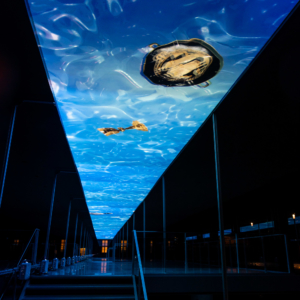
NEW ARRIVALS:
MISCHA KUBALL

A WALK IN MY LIBRARY:
HELMUT FEDERLE NIETZSCHE-HAUS SILS-MARIA
Schwabe AG Basel, 2004 Peter André Bloch & Jan Thorn-Prikker
on the occasion of Helmut Federle's "Edelweiss im Nietzsche-Haus, Sils-Maria" exhibition in Nietzsche's Haus, Sept 2004 to July 2005

BEHIND THE SCENES:
L'INTERSTICE ARLES OPENING
JOSETTE SAYERS AND GUILLAUME ZUILI'S PHOTOGRAPHS
Brave and fearless

BEHIND THE SCENES:
CONGRATULATIONS ISHMAEL ANNOBIL
DIRECTOR for "LINDA KARSHAN: COVID-19 CONVERSATION"
WINNER BEST SHORT DOCUMENTARY AT MYKONOS INTL FILM FES

BEHIND THE SCENES:
THE LAUNCH OF REAL TIME AND THE 3BS
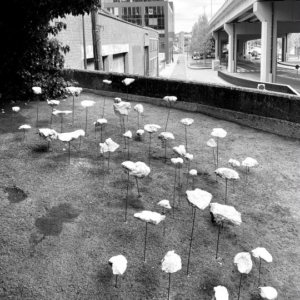
BEHIND THE SCENES:
FLOWERS OF PERHAPS
LIOR GAL
ENGELS PLEIN, LEUVEN BELGIUM
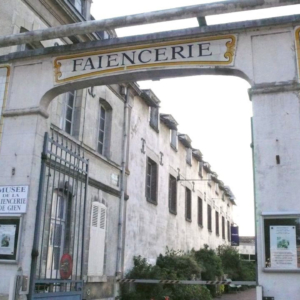
BEHIND THE SCENES:
MATHILDE BRETILLOT DESIGNS NEW MUSEUM FOR LA MANUFACTURE DE GIEN

THIS TIME TWO YEARS AGO:
DRAW ART FAIR, LONDON, 2019, DESIGNER MATHILDE BRETILLOT AND ARCHITECT MISKA MILLER-LOVEGROVE

NEW ARRIVALS:
WETTERLING, STOCKHOLM

A WALK IN MY LIBRARY:
HELMUT FEDERLE
ABSTRACT PAINTING OF AMERICA AND EUROPE
Ritter Verlag, Galerie nächst St. Stephan, Vienna Rosemarie Schwarzwälder, 1988

BEHIND THE SCENES:
LUKAS HOFFMANN, CNAP ACQUISITION AND TWO EXHIBITIONS

BEHIND THE SCENES:
ESTHER SHALEV-GERZ, WEFRAC 2021

BEHIND THE SCENES:
"LINDA KARSHAN: COVID-19 CONVERSATION"
selected by Nawada and Hollywood Boulevard Festivals

BEHIND THE SCENES:
ESTHER SHALEV-GERZ
CNAP ACQUISITION,
"Describing Labor", 2012

BEHIND THE SCENES:
A STUDIO VISIT WITH DEANNA PETHERBRIDGE

BEHIND THE SCENES:
JSVCPROJECTS & INTERNATIONAL DESIGN EXPEDITIONS
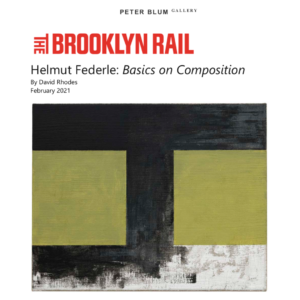
BEHIND THE SCENES:
HELMUT FEDERLE IN NEW YORK

BEHIND THE SCENES:
RICHARD MILAZZO OBSZINE #3
The Sadness of Bad Thinking

BEHIND THE SCENES:
RICHARD MILAZZO OBSZINE #3, ART, POETRY, AND THE PATHOS OF COMMUNICATION,
The Art of Impeachment

BEHIND THE SCENES:
WITH POET/CURATOR RICHARD MILAZZO
REVISITING OBSZINE #3

A WALK IN MY LIBRARY:
POETRY IN SEDITIOUS TIMES

HAPPY NEW YEAR AND SOUVENIRS FROM 2020!
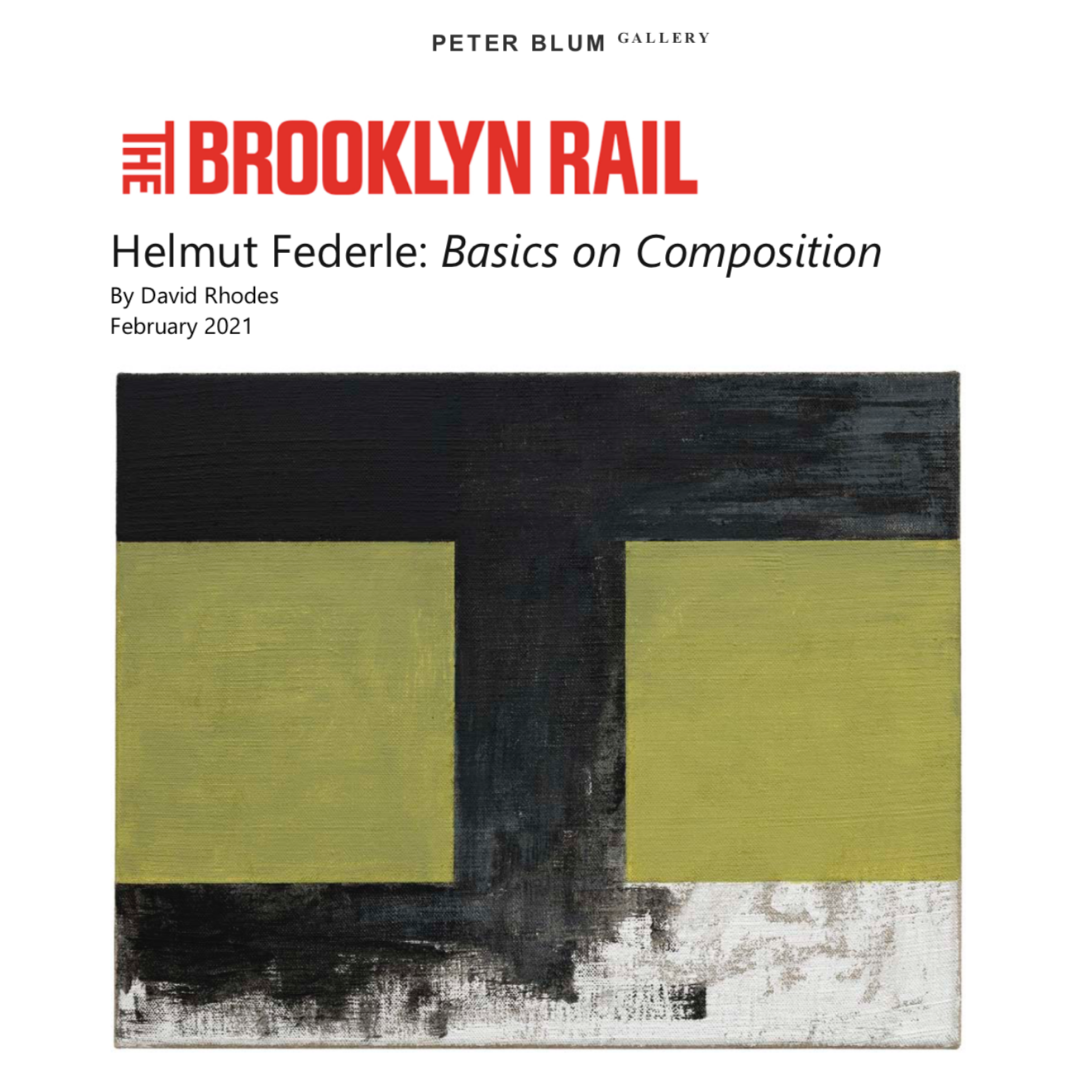
BEHIND THE SCENES:
HELMUT FEDERLE IN NEW YORK
March 2nd 2021
Peter Blum Gallery finishes 13 March, 2021
PART I
The Brooklyn Rail has published a very fine review by David Rhodes of the current exhibition of Helmut Federle: Basics on Composition that everyone should see before it closes at the end of next week. This is the fifth solo exhibition at Peter Blum Gallery, so for those who love painting this is a precious moment to visit these works.
I met Federle in 1984 when at John Gibson Gallery we made his first exhibition in New York. I had first seen the works on paper driving through Europe with Gibson, at a dinner with Catherine Duret in Geneva and then in the library of Peter Herzog in Basel. By the time we got back to New York it was clear John wanted to meet the artist who was working in his downtown apartment.

There is something about experiencing an artist’s early work as an explosive force; ironically Gibson was not a lover of painting. He built his reputation first showing Beuys in New York and Broodthaers, the European conceptualists. But Helmut Federle changed that. I remember the look on his face after the studio visit as I was minding the gallery. “This will blow people away,” he said seriously. It did and it continues to do so, because it is painting about the condition of poetics, with a serial edge, European minimalism descended from the family tree of Malevich with an eye on Barnet Neuman and dare I say Robert Ryman.
The difference being that Federle is a European minimalist in spite of his many years in the USA. His somewhat BEAT early years in the American West has been chronicled but not enough to my mind. He is an uncanny mixture of threads which we can pull here and there, but the works themselves tell their own story.
PART II
Basics On Composition is a series of 71 paintings 40 x 50 cm painted between 1979-2019. As of this writing I can say the artist is not yet finished with the series as there are works on the studio wall that join this group. For some reason I think of these works as a kind of serial music in the tradition of composers Michael Nyman or Phil Glass, where certain elements repeat in a block-like way with variations shifting the timbre and rhythm; at the same time they are as varied as they are alike.
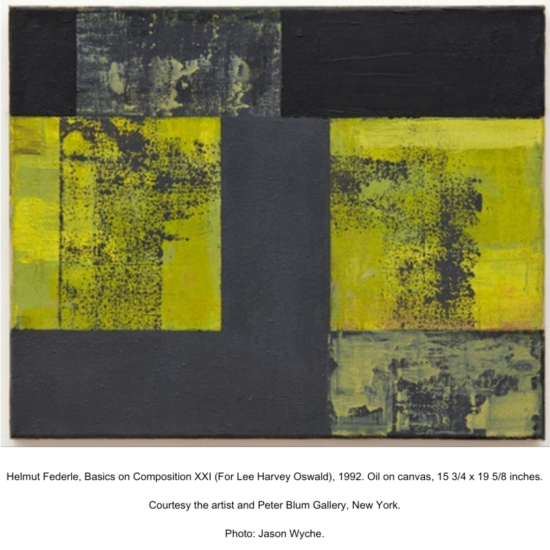
Rhodes writes,
“The characteristics are often felt rather than seen to begin with, registering in time because incidents of many kinds are wrought by the many changes in paint application and color….The eye follows the perimeter of the painted object unlike an unpainted object, and registering a physical change at that edge because of the color. These varying qualities poetically charge the painting with an inexplicable immanence so unlike regular hard edge formal abstraction.”
Here I want to jump from this notion of immanence back to Malevich’s 1927 treatise The Non-Objective World which for the first time delves into this experiential aspect of feeling a painting’s presence as something powerful. This text was taken under his arm on a train fleeing the Soviets, who he thought were after him, to Berlin and published by the Bauhaus in German. Later, a small Chicago press republished the English translation in 1959. Its appearance was noticed by a new generation of artists in New York at that time.
He insisted that Suprematism as a break with the past, had to do with freedom from the objects (analogous with smells), and the thing and the concept were to be substituted for feeling. He divided the past into the world of “Will and Ideas” (object making) in favor of the “Thing and Concept” (feelings).
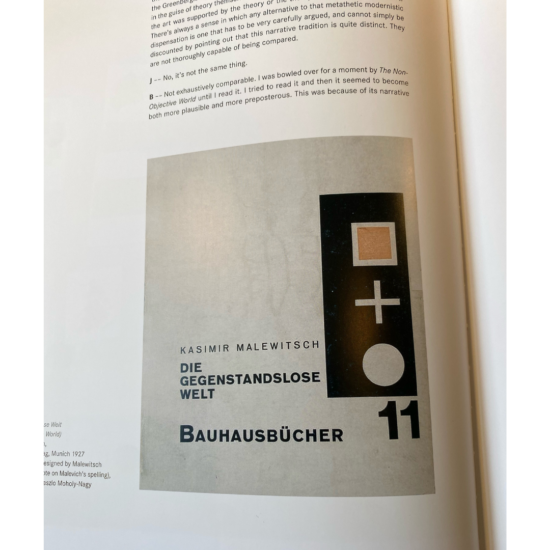
PART III
From The Non-Objective World
Malevich writes:
“A kind of timidity bordering on fear when I was called to leave “the world of will and ideas” in which I had lived and worked in the reality of which I had believed. But the blissful feeling of liberating non-objectivity drew me into the ‘desert’ where nothing is real but feeling and feeling became the content of my life. This was no ‘empty square’ which I had exhibited but rather the sensation of non-objectivity.”
Malevich writes that the Black Square is not devoid of content, to the contrary it is redolent with sensations. Note this and draw a direct line through to David Rhodes’ comment about Basics On Composition and their “inexplicable immanence.” This overwhelming energy that comes from Federle’s paintings is as present today as it was in his first show in 1984 in New York. Quite odd really that he has been so invisible in the United States and we still look forward to the first and then a series of museum exhibitions that will bring the works to a wider audience.
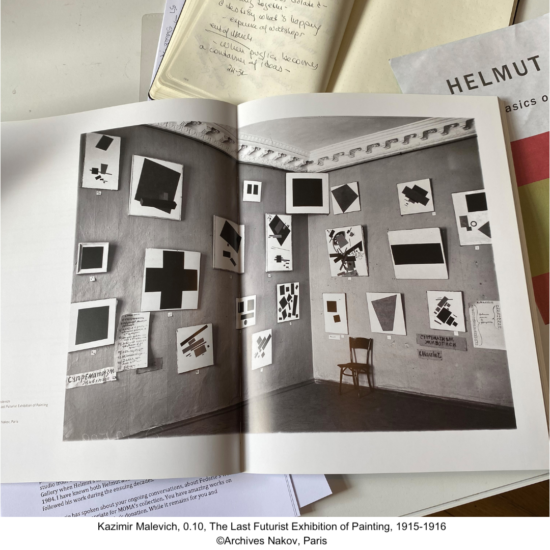
What resides in this immanence? How are these paintings so unique and moving? I like to think it is something related to what John Berger in Ways of Seeing in 1972 writes about a “place of meaning” referring to art in churches, which is an extreme example in the Icon, behind it’s image is God, “worshippers coming upon it close their eyes before it, knowing that its marks the place of meaning.”
Berger gets busy with a discussion of the impact of photography….”.the days of pilgrimage are over, it is the image that travels now!”
Original works are still unique, he continues, they look different than from how they look on the television or on postcard.” I could add here, on line, but this is better than you never seeing the work!!!
But somehow I am drawn back to the subject of time, which is in the end very relevant to Federle’s works. These works fill time. Transmit time, sing about time.
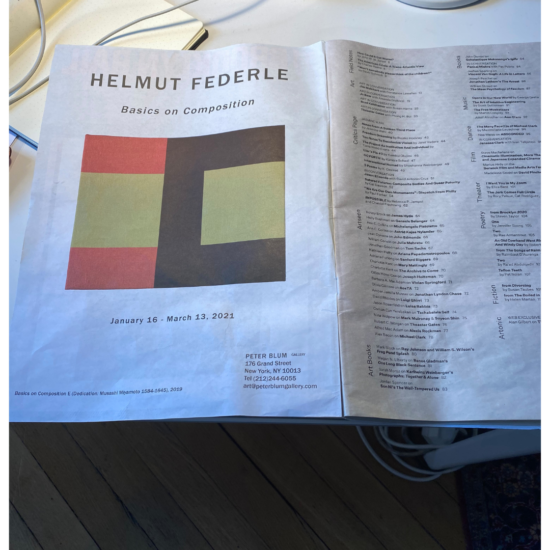
PART IV
Whether the paint is fluidly rich to the edges, thick and solid, sometimes maybe a bit erased, Federle paints as if he is translating time into something visible. During this year of pandemic we have all felt this empty elastic time that surrounds us like ether. Basics on Composition is like a metronome in one way and a tuning fork in another, there is a constant rhythm like a heartbeat, but there is something subtle and invisible he is trying to show us. Like a magician who is able to seemingly raise a body up in thin air.
I was never particularly involved with the structure and its relationship to the letter H. For me the question to answer was how did they project so much energy at me; how could the partially wiped away moments on the surface seem so luxurious and rich. Why was so much happening with such a reductive palette some would say? Where did this force come from, the technique, the flatness, his visceral use of paint itself.
In some ways because I came to the work young, and his paintings were so much bigger than I was, the experience of being overwhelmed by them was my first recollection alone in the gallery with a handful of very large paintings. The force field was palpable. This feeling was exactly the same all these decades later in Vienna when I stood in Galerie Nachts St. Stephan with recent Basics On Composition. Each one pierced space with a complete voice, distinct, audible, uncompromising. They both want to be looked at, and to be left alone. They have a quality of object-ness and animation that make you want to speak to them and imagine they will reply.
This immanence is the masterstroke of an artist still in his prime. We need to see more of these works, with the large ones we know from the books in his long bibliography; a good series of museum exhibitions would be a homeopathic remedy for this very complex moment. I need his time sensitive painterly tension between reduction and opulence now.

